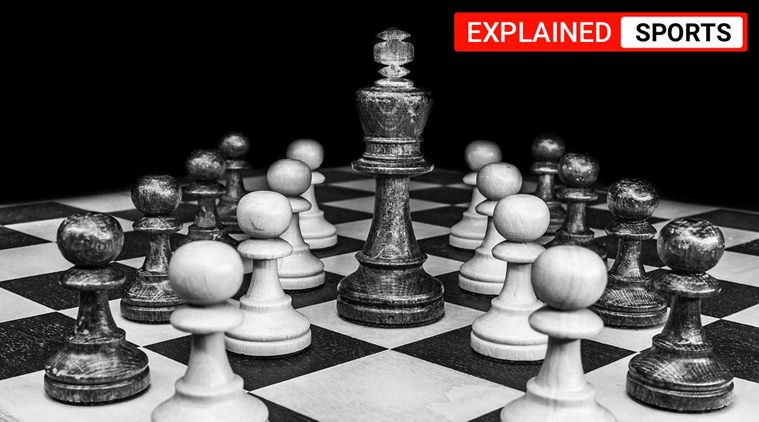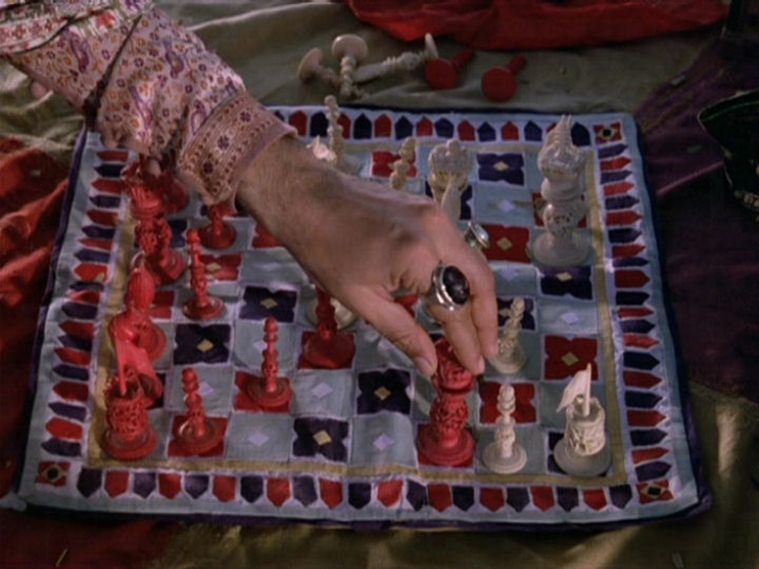The topic for a radio show has put the spotlight on racism in the board game, or the absence of it.
An Australian Broadcasting Corporation’s radio show faced criticism after a guest who was contacted but declined to be part of a discussion about why white pieces move first in the game of chess took to Twitter. A former Australian Chess Federation official John Adams slammed the choice of topic for the 3 pm Sydney Radio show and tweeted on June 23: “ABC have taken the view that chess is RACIST given that white always goes first’”. Adams, an economist, went on to call the topic ‘irrelevant’, especially during the Covid-19 pandemic.
The host of the show James Valentine defended the show’s line of thought by saying that the idea of racism in chess was raised by a father on Twitter when he was asked by his daughter why white moves first. As he tried to find an answer, the father wondered if the rule had any racist origins. Valentine spoke to other people on the topic and after the show put out a statement, a part of which read: “At the conclusion of the on-air discussion, I made the following quip. ‘Well, I think we can conclude that chess is not racist, it’s tradition and no more than that’.”
By that time, however, ABC was getting pilloried on social media, including for trivialising the issues when the Black Lives Matter campaign was raging around the world and George Floyd’s death was still fresh in everyone’s minds.
How did the chess world react?
Those who matter didn’t hold back and hit out at the suggestion that opening with white had racial undertones. Former World Champion Anatoly Karpov, reacted to the premise of the show by saying: “A period of total insanity has begun. What does it have in common with the centuries-old game?” Russia state-control network RT’s website reported. Another former World Champion Garry Kasparov tweeted: “If you are worried that the game of chess is racist, please take up ‘Go’, where black moves first, instead of looking foolish by wasting taxpayer money at a state broadcaster to ‘investigate’ it’.”
In Go — an ancient board game which, according to historians, originated in China and also gained popularity in Japan — the black pieces move first. Shogi, another strategy board game often called ‘Japanese chess’ because of the shared roots, doesn’t have black and white pieces. The two players Sente (first player) and Gote (second player), however, are conventionally referred to as ‘black’ and ‘white’ respectively, with the former starting the game.
Has opening with white been an issue previously highlighted in connection with racism?
In March last year, World Champion Magnus Carlsen and Grandmaster Anish Giri played a game in which the former opened with black as part of a campaign for International Day for Elimination of Racial Discrimination.
As he sits down to play, Carlsen, in a video, makes it clear that the rule ‘was never about race or politics’. Then he adds: “But we can break it to send a message to everyone who believes colour should grant advantage in chess or in life”.
Giri also speaks on the importance of changing people’s mindset through the campaign with the hashtag ‘MoveForEquality’. Giri says, “It is difficult to change your mindset in a chess game with a different start, but if we can change our minds in the game we can surely help people change their minds in real life.” UNESCO’s International Coalition of Inclusive and Sustainable Cities supported the campaign.
What does the international chess federation (Fide) rule state when it comes to the opening move?
Under Rules of Play, Article 1.2 states that ‘the player with the light pieces (white) makes the first move, then the players move alternatively, with the player with the dark-coloured pieces, making the next move.”
via GIPHY
Did chess always open with white pieces?
One of the earliest known documents, which contains rules about opening with white, is that of the Fifth American Chess Congress of 1880, which is available as an e-book online. Under the heading, rules to be observed in this grand tournament is No: 9, which clearly states that the player who has white pieces starts. “In each round the players shall have the first move alternatively; in the first game it shall be determined by lot. The one having the move in every case is to play with white pieces.”
Till the late 19th century, there are records of games which show that the players who got to start first could choose the colour of the pieces. In the periodical ‘The Chess Player’, which documents a series of games from 1851, Germany’s Karl Ernst Adolf Anderson, widely considered the best player of that decade, opened with black against Lionel Felix Kieseritzky.
? Express Explained is now on Telegram. Click here to join our channel (@ieexplained) and stay updated with the latest
India’s first International Master and co-author of the book ‘Indian Chess History’ Manuel Aaron says the makers of the rules had an influence over which colour started first. “These rules were made by Europeans and not Asians or Africans. They had to bring some kind of uniformity to the game. Probably if we had made the rules, we would have said black moves first. In Europe naturally, they will say white moves first. But I don’t think there was racism involved in it. In Indian chess nobody was bothered who played first, the entire arrangement was different here. They did not care if the right-hand corner was black or white in Indian chess. From India (an early form of the game) went to Persia and from Persia to Europe,” Aaron says.
In the Satyajit Ray film Shatranj Ke Khilari, about the annexation of Awadh by the British, set in the mid 19th century, the two chess addicts Mirza Sajjad Ali (Sanjeev Kumar) and Mir Roshan Ali (Saeed Jaffrey) are seen playing with white and red. In that era materials used to make chess pieces were clay, stone and ivory.
Does a player opening with white have an advantage?
The long-held belief is that the player with white pieces plays to win while the one with black first tries for a draw but hopes for a mistake from the opponent to turn the tables. Grandmaster Andras Adorjan, someone who has dedicated over 30 years to looking at the game from the point of view of black pieces and has penned books titled ‘Black is Ok, Black is Still Ok and Black is Ok Forever’. In ‘Black is Ok’ he writes: “In my opinion, the only obvious advantage for White is that if he or she plays for a draw, and does so well, then Black can hardly avoid this without taking obvious risks.”
? The Indian Express is now on Telegram. Click here to join our channel (@indianexpress) and stay updated with the latest headlines
For all the latest Explained News, download Indian Express App.
Source: Read Full Article






